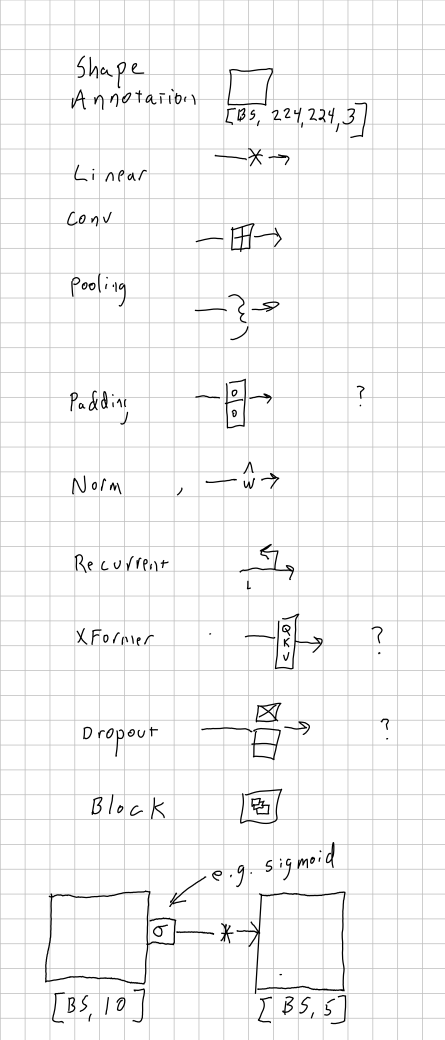New YOLO, Tensor Math Diagramming Language
-
There’s a new version of YOLO: https://github.com/THU-MIG/yolov10
-
I’ve studied this proposal for hours and I still can’t figure out if it would be a help or a hindrance. It’s a diagramming language for tensor math, which is a good idea, but I …
